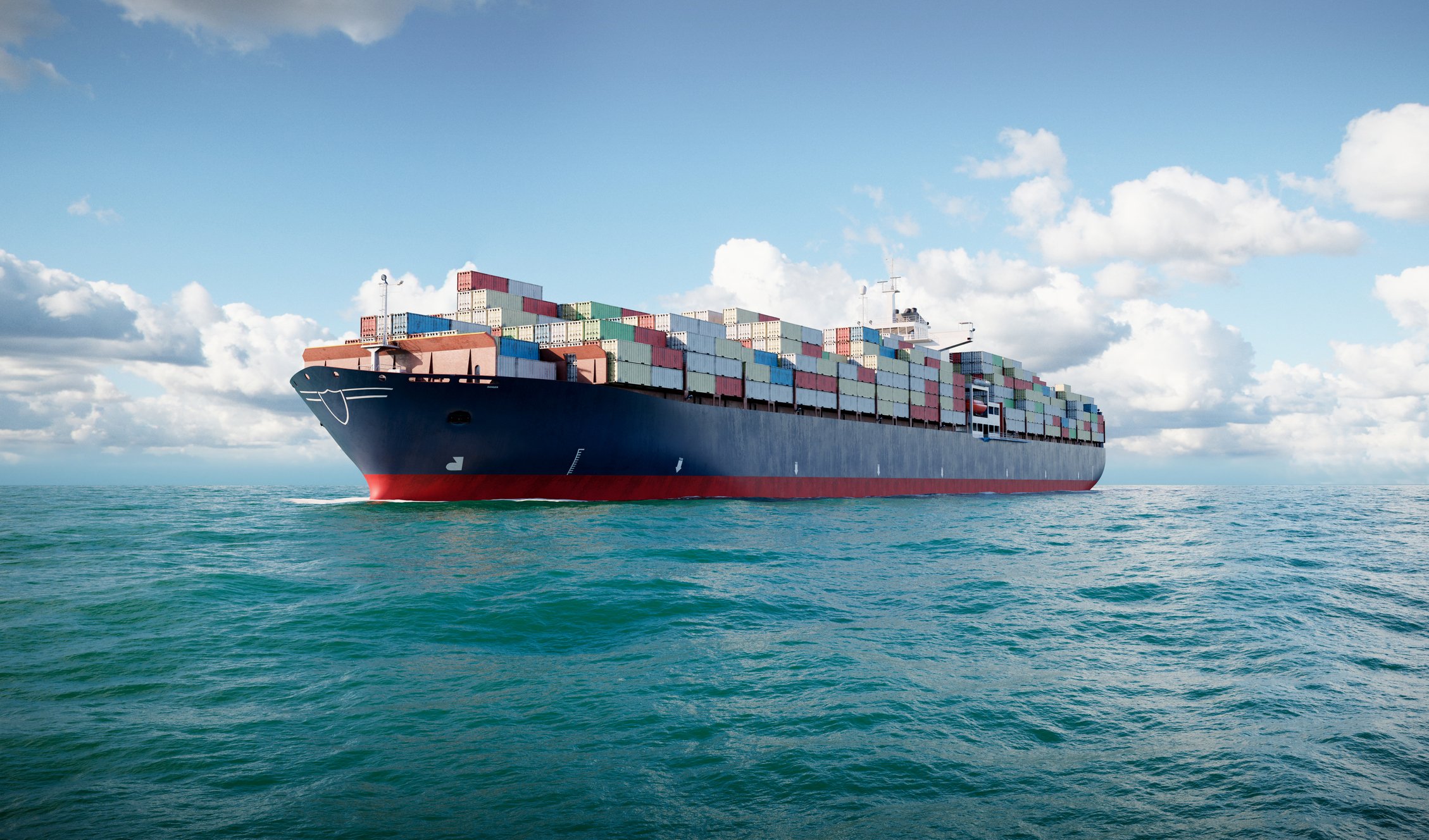Despite continuous earnings misses, shipping container leaser Textainer Group Holdings (TGH +0.00%) is a great company that still deserves your attention.
Textainer dropped nearly 8.5% a few days ago, following an extremely negative earnings report. It reported earnings per share of $0.70, missing analyst estimates by a whopping $0.17 and recording a 29% decrease in EPS year-over-year (from $0.99).
In fact, the company has missed analysts' EPS estimates by a fairly large margin for the past three quarters. But that earnings miss was actually due to these three reasons:
1. Bad Debt and Impairment Expense
Six small lessees are currently in default with Textainer, leaving the company with a bad debt expense of $4.3 million, or $0.08 per share, and another impairment of container expense of $4.7 million -- roughly another $0.08 per share.
Although Textainer could not have done anything to cut the bad debt expense, the company could have shipped its containers back to one of its depots. But due to the age and the mediocre condition of the containers, it's not economical for the company to ship them back, then selling them for any residual value. As the shipping lines would normally be doing the shipping (with Textainer only responsible for checking the containers and deciding what they should do with them), Textainer decided not to assume this extra cost. That move took a toll on their Q3 earnings.
2. Share Dilution
Adjusting for impairment costs restores Textainer's earnings per share to $0.86. But that's still lower than the company's year-ago $0.99. A secondary offering late last year expanded Textainer's number of total shares outstanding by 10%, from 51.2 million in Q3 2012 to 56.3 million today. That dilution was bound to hurt the company's earnings per share.
When you look at the company's total earnings, the dropoff in net profit doesn't look so steep -- from $50.9 million in Q3 2012 to $49.1 million in the most recent quarter.
3. Weakness in the Industry
The industry is currently facing a period of weakness -- not as extreme as it was during the 2008-2009 recession, but it's still caused Textainer's earnings to drop year-over-year, even after adjusting for external factors.
For example, with the European recession still raging on, trading in that region is expected to remain low going forward, until things take a major turn to the better. This reduces demand for shipping lines, which results in less demand for Textainer's containers, and thus leads to lower earnings.
In addition, with shipping lines not in their best shape, many smaller shipping lines are still prone to going bankrupt, with many larger players still dominating the industry. The Baltic Dry Index, which measures shipping lines' performance, is the best example of shipping's current weakness. The index has dropped from 12,600 in 2008 to a few hundred points last year. Although it has doubled from its lows, the index is nowhere near previous highs, and the industry remains pretty soft overall.
Such continued weakness in the industry may very well keep Textainer's earnings stuck in the same mire they've occupied for the past two years.
Valuations
At a current multiple of 10 times trailing-12-month EPS, Textainer is undervalued, especially after this quarter's earnings. Its main rival, TAL International (NYSE: TAL), trades are 11.5 times earnings. Although its other NYSE-traded competitior, CAI International, trades at only seven times earnings, it's much smaller and more leveraged than Textainer, with twice its market cap in debt. In my opinion, that leaves Textainer as the best bet in the sector.
This moderate undervaluation also gives the company's stock price a good amount of potential to appreciate in value if the industry's prospects turn for the better in the future. For example, I feel that Textainer is a far better company than TAL, being both larger and less leveraged. If Textainer trades at the same multiple as TAL, it would warrant a price of around $45, a 20% gain from where it trades now. If the industry's prospects turn for the better going forward, the price appreciation for Textainer could potentially be much larger.
Conclusion
In conclusion, I believe that Textainer, being the largest company in the container leasing industry, is positioned very well to leverage upon its superior finances and its economies of scale. This will both enable the company to take advantage of current weaknesses, and also allow it to thrive in the years to come.
In fact, Textainer has already rebounded nicely from the lows it hit after its bad earnings report. Keep an eye on Textainer to see whether it continues rebounding to its October highs of around $40 per share.






